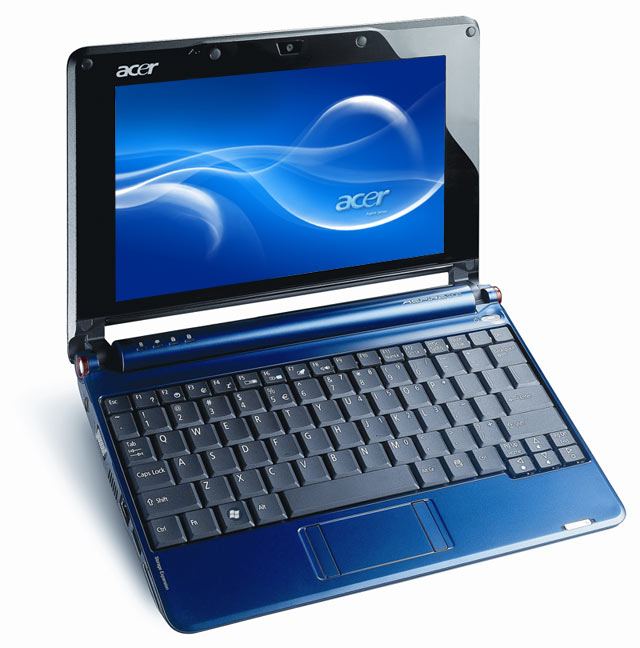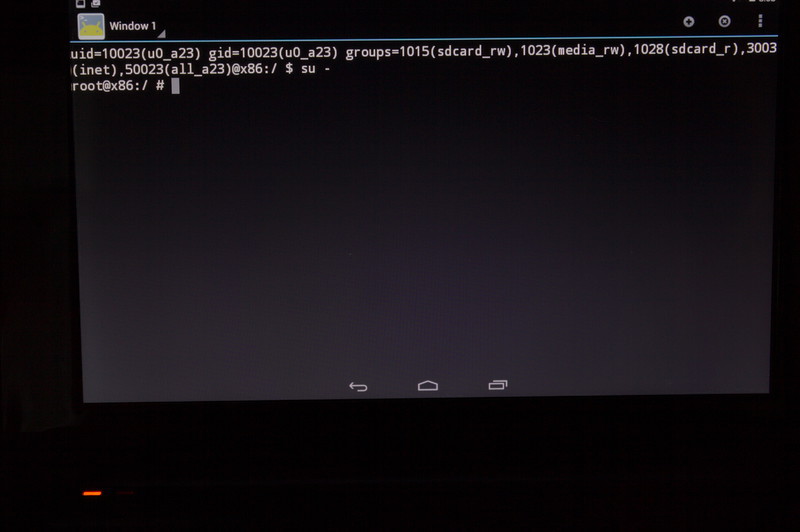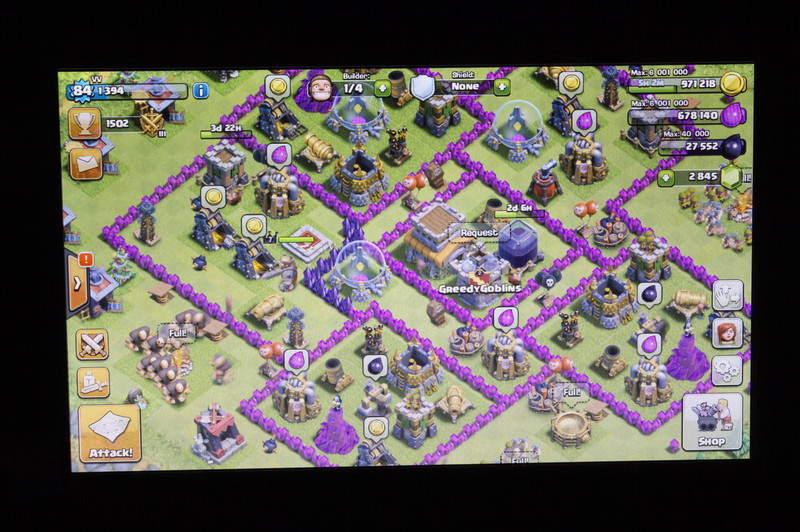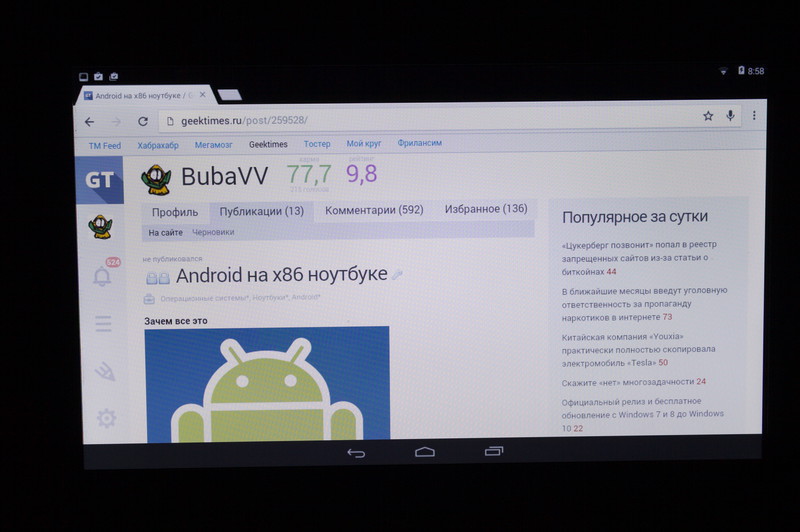Android on x86 laptop


I got into the hands of an old Acer Aspire One netbook, the very first of them, with 8 GB of sticky flash drives instead of a disk. During the active life, WinXP (very slowly) and Arch Linux (barely acceptable) were on it. I was about to bring Arch back on him and then, to the best of my ability, think of why he was needed, but then I came across an Android x86 project. It is more or less developed and is aimed at launching Android on laptops, tablets and sometimes desktop computers with x86 architecture. It all started with the port on the Asus Eee PC in the area of version 1.6, but gradually the support of various desktop hardware has expanded. Version 4.4-r3, 5.0 is currently available for download. The correspondence between the branches for x86 and those that are installed on the phones is extremely elusive for me, because I did not have to deal with the giblets of the system. There is a similar project Android-IA, supervised by Intel, but there is less hardware supported and UEFI is required to boot.
System requirements
Everything is relatively well here. The system seems to start with 256 MB of memory. Installation on a disk requires about 1.5 GB of space. Support for specific video cards, Wi-Fi and other sleep modes should be clarified by location. A compatibility list is currently inaccessible.
If there is no desire or ability to run on a real hardware, you can use Qemu or Virtualbox. Instructions are on the site, I will not consider this option in the post.
Estimated use cases
Hidden text

Personally, I need this “to look at”. In general, this system can breathe life into old netbooks of the first generations gathering dust on the entresol. I have never had to work with Android on a device with a keyboard and without a touch screen, and it was interesting to try. As it turned out, the result is quite possible to use now.
')
LiveUSB
Preparing to run does not cause difficulties. The downloaded image is written to the USB flash drive via Unetbootin. At startup, it is proposed to start the Live system without installation or install it on a disk. It’s scary to put so far, so we are launching a profit. It takes a long time - about 1.50 from the GRUB menu to the choice of language and about a minute from the choice of language to connecting to WiFi.
General impressions - hmm, cool and has the right to life. I looked through the pre-installed applications. At first I plugged in the mouse, then I scored and switched to the touchpad, although I had used it quite a bit before. Android screen buttons are present, but it is more convenient to use their keyboard shortcuts. This is Esc to return, Win to go to the home screen and Alt-Tab to switch between applications. There were no problems, I decided to put. From the little things - it works only once and turns off the wifi switch.
Installation
Did not cause any problems. By the time - about 3 minutes for everything about everything. You can choose GRUB, GRUB2 or not to touch the bootloader at all. Apparently, the default is to use disk partitioning in the MBR, but did not go into details - the BIOS does not know how. I did not break the disk, because I did not see the point in this - the volume is very small. A virtual card was automatically created in the / sdcard directory. In previous versions there were some problems with this. Other settings are no different from the phone and tablet when you first start. From the eye-catching differences - switch layouts on Ctrl-Space . I recommend to immediately turn off the screen rotation. There are no sensors in the netbook, but some overly zealous application can forcibly turn it into portrait orientation. This situation is corrected by double pressing F9 . In general, here is a list of shortcuts .
Start to work
The first download is as long as in a LiveCD from a flash drive. After this, it is suggested to set up a wifi and tie the device to a Google account. Out of trouble - the screenshot does not work, I had to photograph the screen. It is glossy, so it turned out not very.

By default, the font is very small, I had to increase. When you try to become a root, a window pops up with a warning.
Loading an already installed system from the bootloader to the main screen takes exactly 30 seconds. Let me remind you about the outdated processor and a very slow disk. All hardware up to the extra buttons of the keyboard and the transition to sleep mode works perfectly. The touchpad recognizes two fingers. Flash drives and memory cards are recognized and work as it should. True, it is inconvenient to retrieve through Settings-> Storage. From the incomprehensible - there is no fstab file. It would be desirable to prescribe the noatime option for the system partition. I had to add via remount to the tail /system/etc/init.sh. Could not configure the transition to sleep mode by closing the cover. Sometimes when you exit from hibernation, the laptop instantly falls back into sleep mode, you have to wake again. In general, it is lacking.




Productivity is enough to surf the Internet with Chromium and read the contact and twitter to the relevant clients. The video works just as lousy as in a large OS.
Autonomy
The laptop battery is pretty dead, depending on the load for about an hour and a half. In ancient times, under Arch Linux, it took one and a half to two hours, depending on the load.
findings
Why not. At the moment, this is probably the best option for such a laptop or EeePC first releases. A bunch of decent working software, normal speed and suitability for an inexperienced user.
Bibliography
njoin.co.uk/grains/502995a66decf90c1f000002
01.org/android-ia
www.hallergard.com/Blog/Android-x86-r3_stable.html
www.android-x86.org
Source: https://habr.com/ru/post/367815/
All Articles